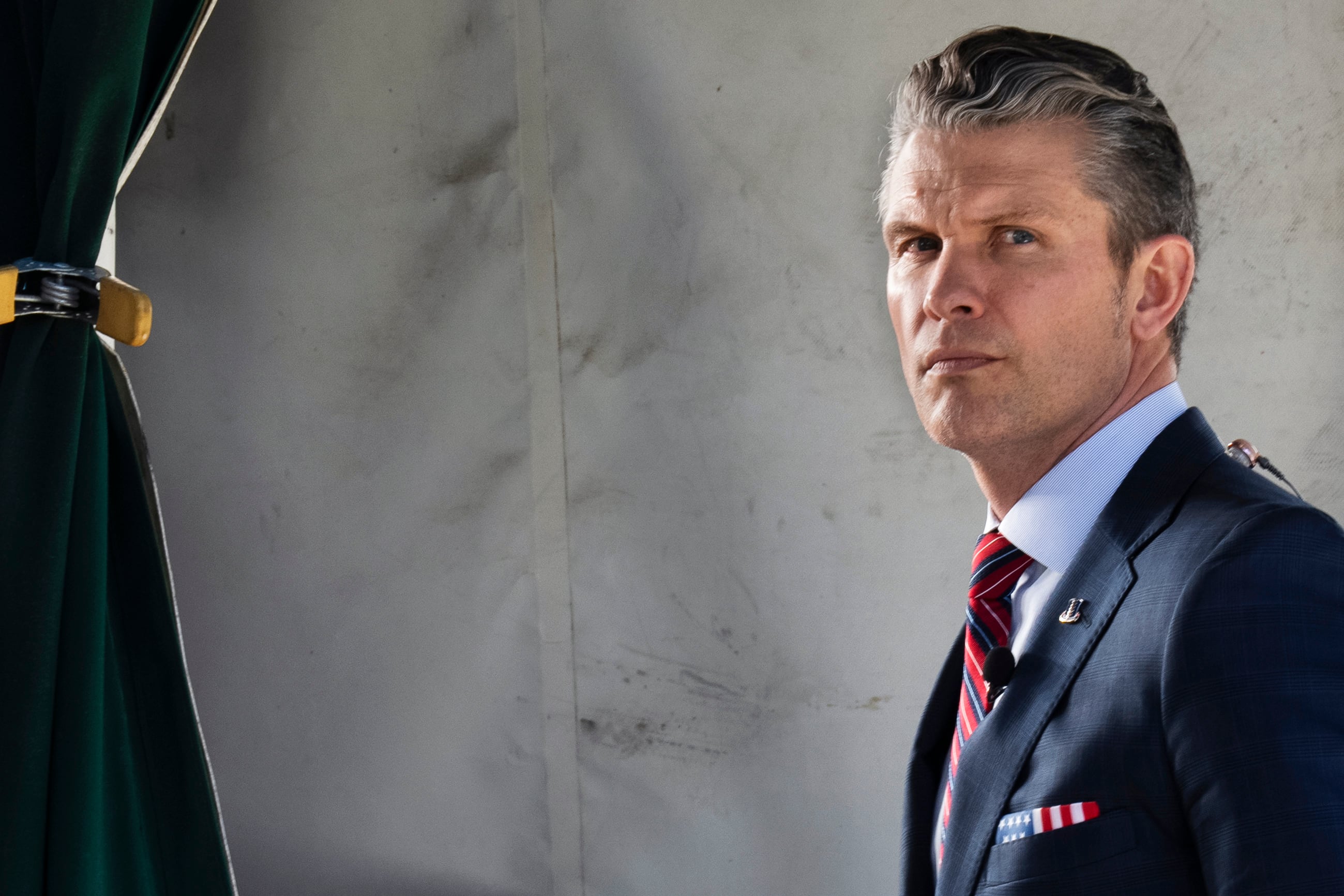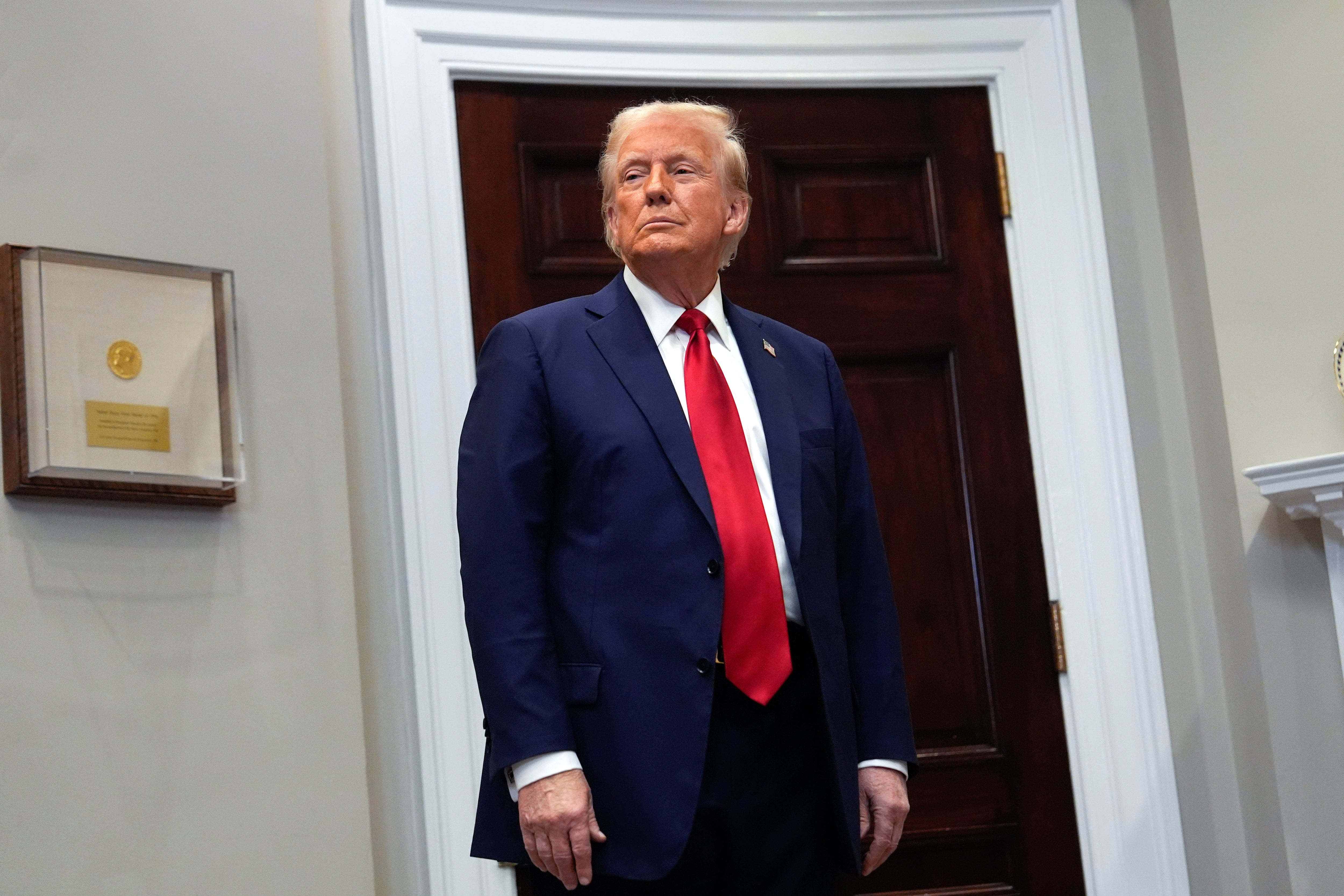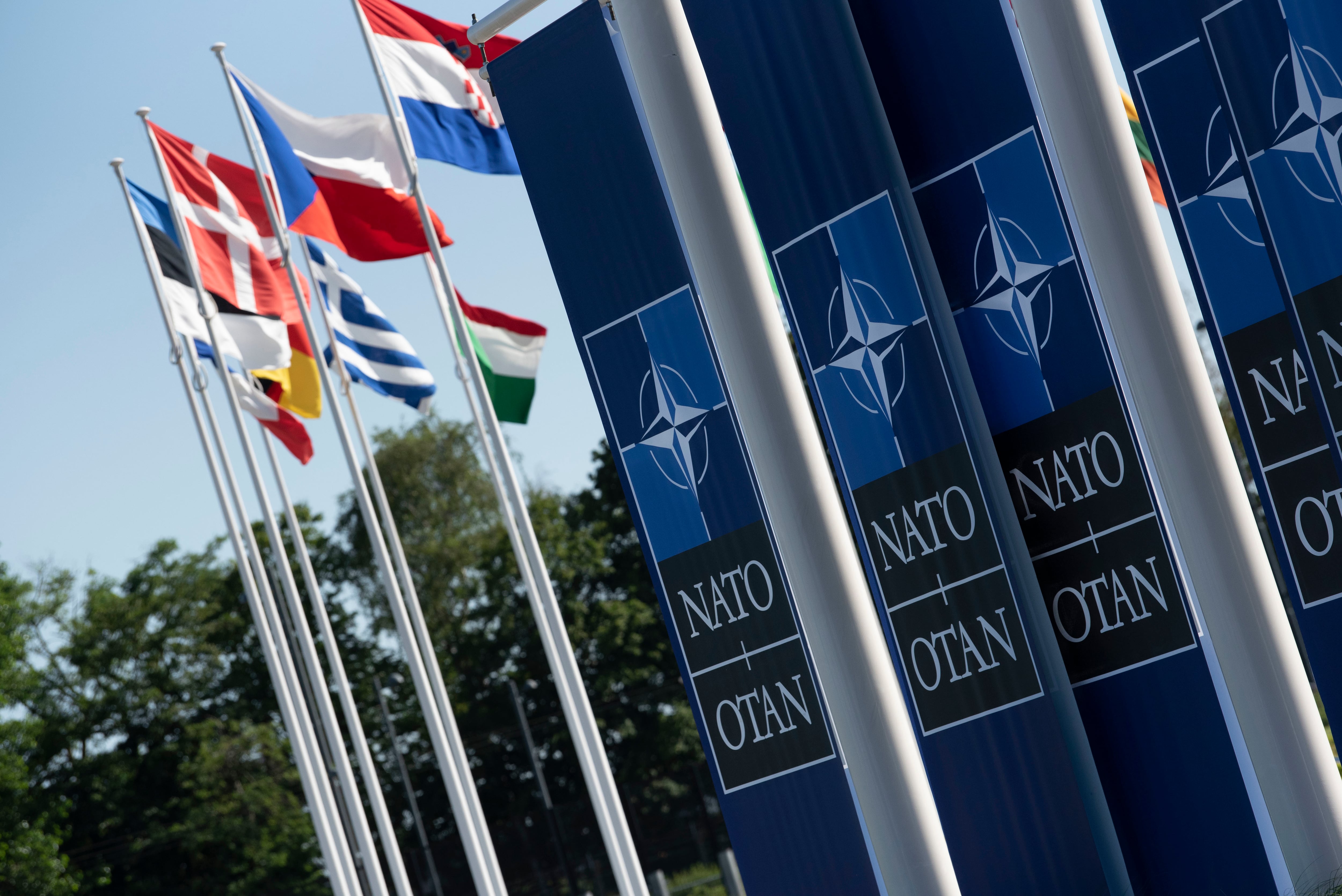Our young service members are experiencing a crisis involving too much junk food and not enough movement that is leading them to be overweight and obese.
Such issues threaten not only their current military readiness, but their ability to age in a healthy way, with a study released last fall revealing that nearly 70 percent of U.S. service members are within the overweight or obese ranges of the body mass index.
A previous research study enrolling active duty service members who were seeking assistance with weight management offers a case in point: A young male participant was at risk for early discharge from the military for exceeding body fat standards. He lacked a professional appearance in uniform and was unable to keep up on unit physical training.
When told that he had strong bones after a research study bone density scan, he had his platoon sergeant accompany him to the research office so we could explain that he had “big bones” which accounted for his large body mass.
Unfortunately, we could not support that justification and he was ultimately discharged after failing to drop any body fat mass over the 12-week counseling period of the study. He had come to terms with his situation, saying his hometown police force had a position waiting for him. It is unlikely he would be able to meet the physical requirements for that position either.
RELATED
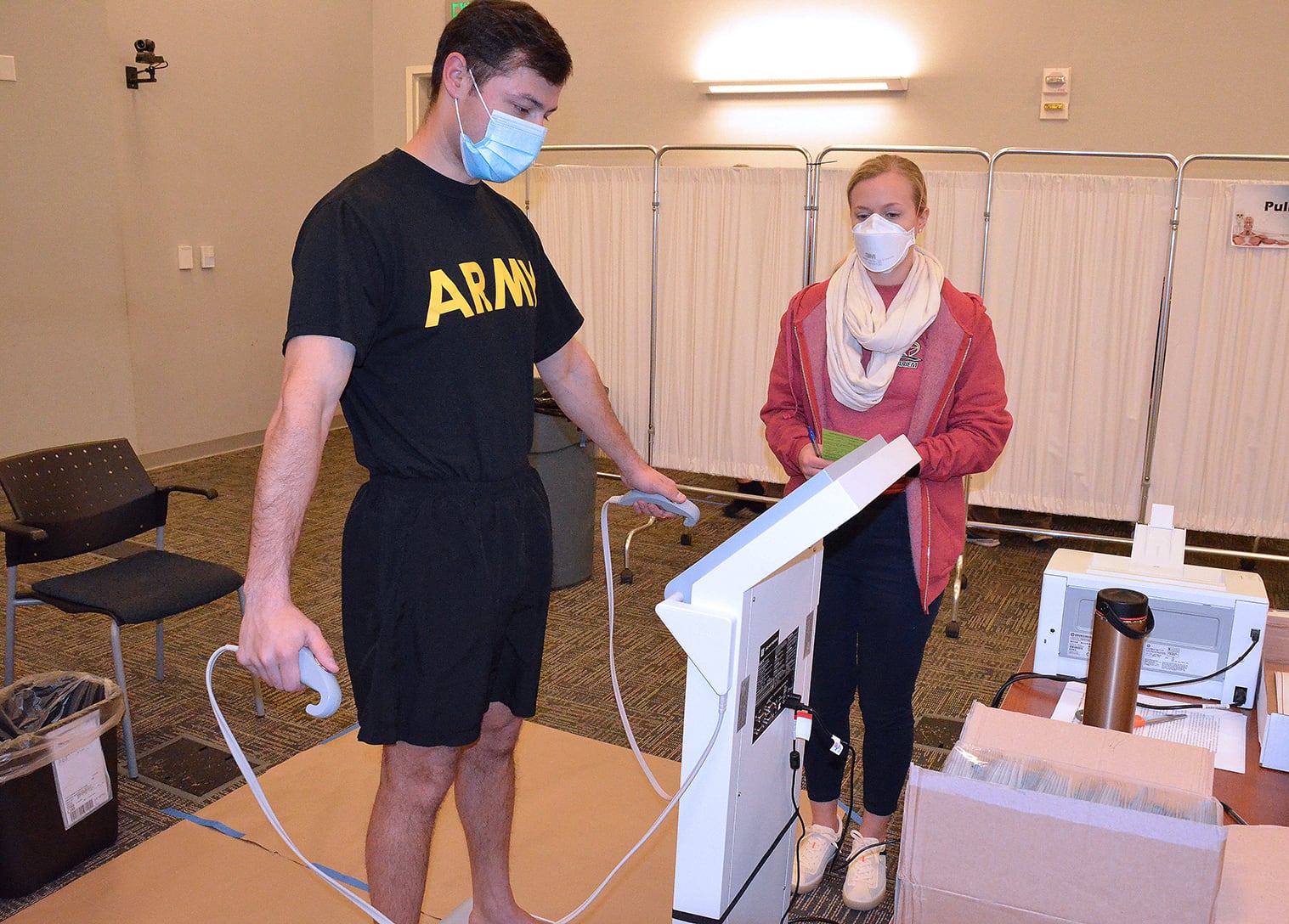
This is one of many stories demonstrating the consequences for an overweight or obese service member. In a relatively short period of time, he or she may be discharged without future job prospects, possibly having experienced a recent physical activity-limiting injury, and a health status involving abnormal lipid levels and elevated blood pressure, conditions requiring medical oversight.
A service member being overweight impacts their ability to contribute to their respective unit’s mission. Statistics that reveal a continuing, alarming climb in rates of overweight and obesity in children and adults in America apply to America’s troops as well.
Obesity almost doubled from 22% to 42% in U.S. adults between 1988 and 2020. Active component Army statistics show a current rate of obesity of 20%, with overweight soldiers comprising approximately 40% to 50% of the force.
Therefore, we must be agile, resourceful and innovative in our approach to a service member’s overall health, while encouraging leadership across every unit to engage on this issue. More must be done.
As health care professionals and scientists, we see real-time consequences of neglected health in our clinics and research populations every single day.
Health promotion research conducted by my team and others has incorporated strategies involving everything from DNA-based counseling to activity trackers to raise awareness and educate troops about how bad food choices affect their body composition, blood pressure and vitamin levels.
When troops neglect their fitness, they increase their chance of suffering an injury that will take longer to recover from, as well as potential pain and a loss to their unit. An unhealthy formation is a combat ineffective formation; the lethality of our military is at risk by this pervasive health epidemic.
RELATED
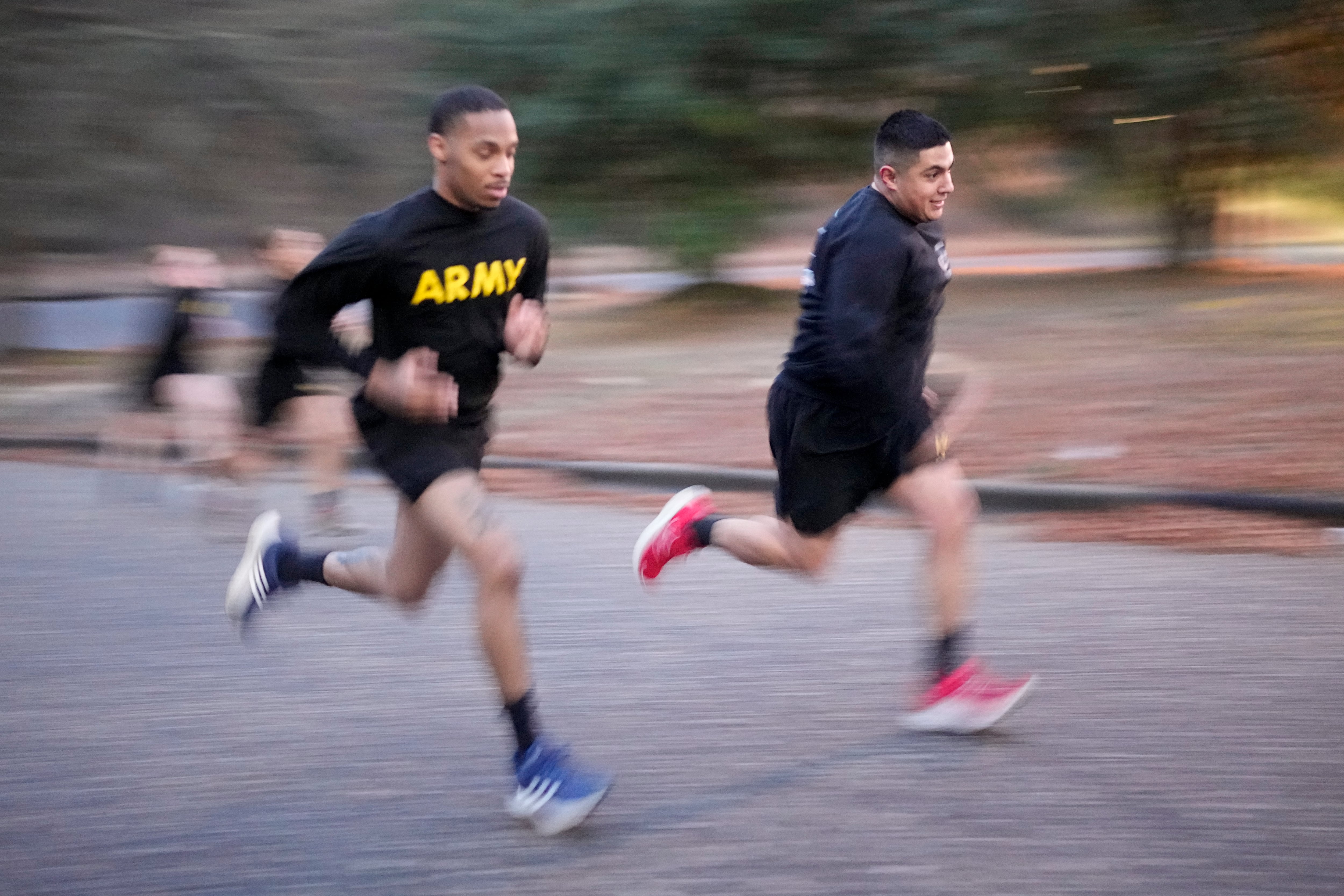
In a time of a military-wide recruiting crisis, we cannot afford to lose trained, but physically unfit, troops because they are unable to do their military jobs, becoming candidates for early discharge in the process.
A common myth is that all service members have statures like elite athletes who have 24/7 access to optimal nutrition, physical training resources, and coaching, but this is not true for a large population of our ranks.
But due to diverse garrison environments, training demands, and limited access to high quality nutrition, American troops exhibit a wide range of fitness and health literacy.
The solution must be a multi-pronged approach by leaders to apply evidence-based recommendations and translate research findings to create a culture of health in all military environments.
The following are some steps we believe unit commanders can take to counter this crisis:
- Leaders must educate themselves and their subordinates. Engage in conversations about safe and healthy lifestyle behaviors, including diet, sleep, and physical activity.
- Leaders must set the example. They should visit their dining facilities, promote a performance-focused food environment and policies that allow sufficient time for meals, while continually assessing unit dining options and encouraging input from their troops regarding nutritious meals, snacks, and beverages in garrison.
- Leaders must monitor unit data regarding musculoskeletal injuries, sleep, and nutrition and hydration metrics. Holistic Health and Fitness, or H2F, teams have demonstrated impressive results in support of readiness. Seek out and support what H2F teams can do for your command.
- Leaders should support research opportunities available to the unit that advance the science of nutrition, exercise, and sleep in military populations. With the help of the H2F Team of researchers, the Military Nutrition Environment Assessment Tool (m-NEAT) can be used to assess the military food environment, promote a culture of health and boost community alignment to address food architecture in convenience marts, commissaries and exchanges, while strengthening healthy lifestyle practices messaging to the ranks.
- Leaders should re-evaluate health risk assessment intervals. Height, weight, waist and hip circumference and blood pressure are low burden, reliable, and evidence-based measures of cardiovascular risk and can be performed by unit medics.
- Finally, leaders should take care of themselves. A fit CO shows that you value your own health and wellness, which will help you lead from the front and be the best leader you can be.
The military should also continue to explore making anti-obesity medications available to service members, particularly for those who don’t respond to traditional paths.
Since 2023, an Army service-specific policy allows the use of FDA-approved prescription anti-obesity medications for soldiers who are supervised by a provider in a treatment facility under operational control of the Defense Health Agency.
Service members deserve this consideration when such medications are accompanied by comprehensive lifestyle interventions and engaged leadership.
Taken together, these actions may reduce chronic disease risk, promote physical and mental health, and restore the injured service member to a fit and ready state.
Mary McCarthy is a senior nurse scientist with the Defense Health Agency’s Center for Nursing Science & Clinical Inquiry at the Madigan Army Medical Center.
Lt. Col. Tanisha Currie is deputy chief for nursing science and clinical inquiry, and senior advisor to the Joint Forces Leadership Council at Brooke Army Medical Center.
Capt. Kevin M. Kilroy is a physician’s assistant at Okubo Clinic at Joint Base Lewis-McChord.


